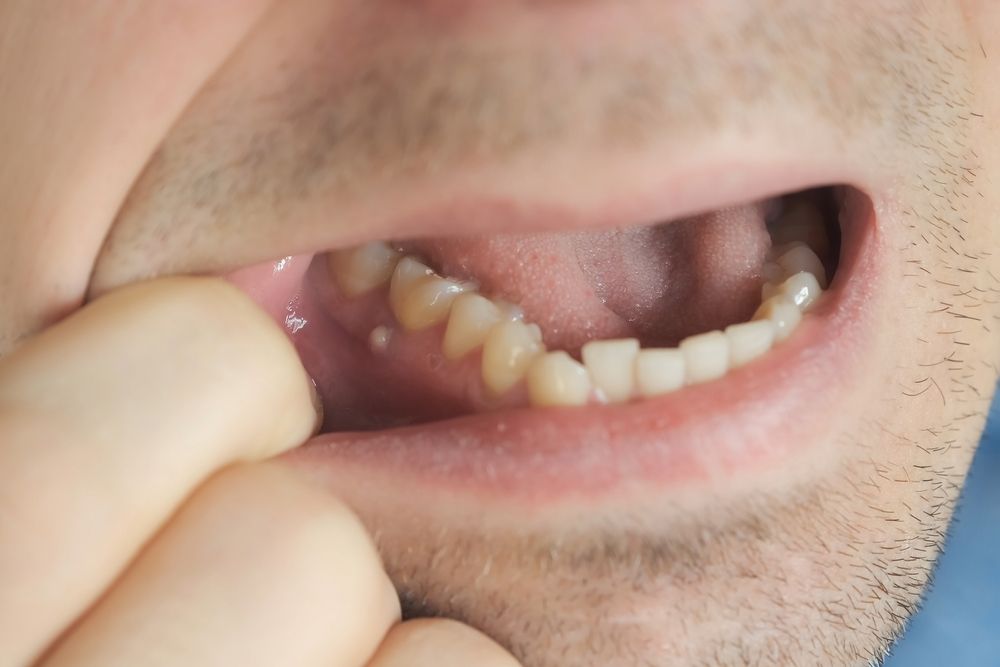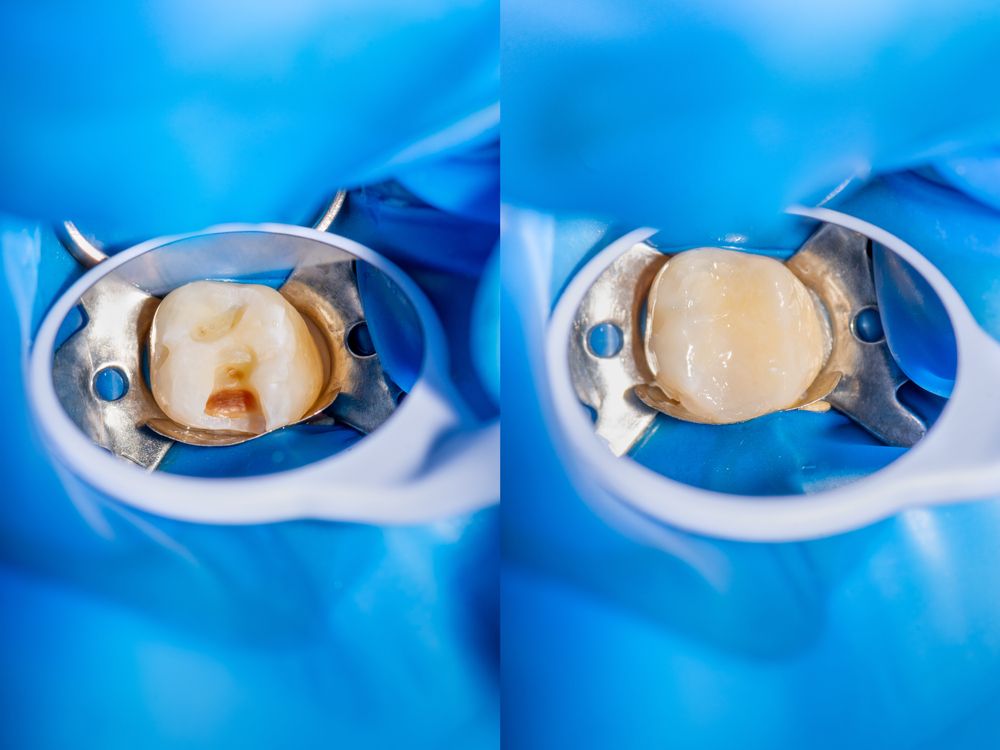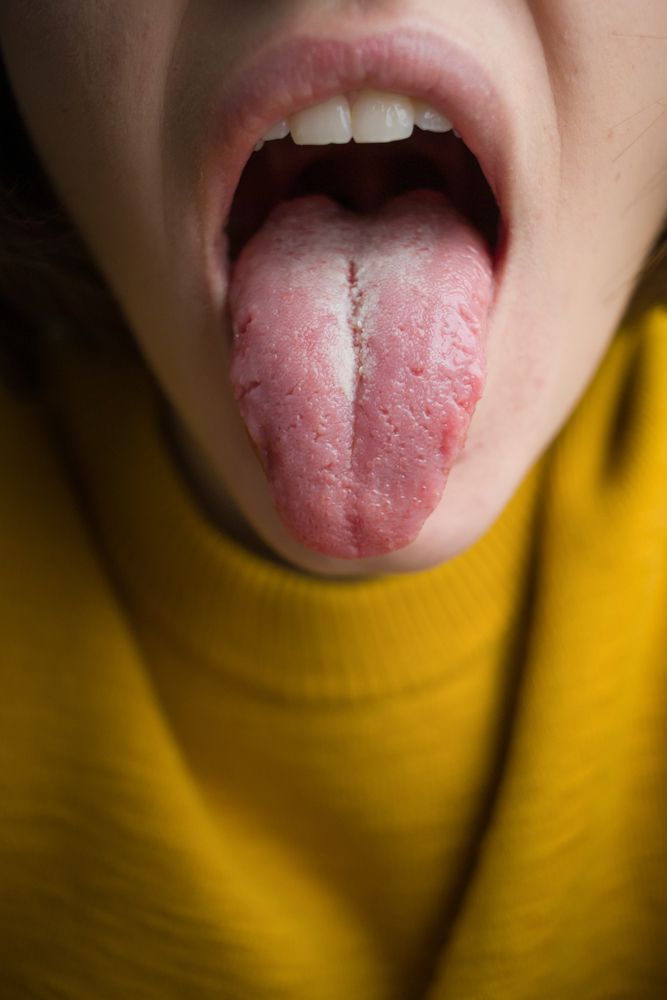Do you remember when you lost your first baby tooth? It was a significant moment in your life, often perceived as a step toward adulthood. While this is an important moment, it mustn’t happen until its time. Our primary teeth are essential in the development of our jaw and the placement of our adult teeth. Losing them before their time can have a detrimental effect on our adult smiles. The importance they play in our long-term oral health means you must take steps to preserve them. One such step is using pediatric crowns, which restore teeth that have become damaged or are subject to decay. These teeth may not be with us forever, but it’s important to take steps to ensure that they have time to do their job.
How Pediatric Crowns Can Ensure A Healthy Adult Smile
Whether your child has experienced an accident that resulted in dental trauma or has tooth decay, repairing the tooth is important. Crowns are manufactured using a variety of materials ranging from composite to metal. They’re used when a tooth has become damaged to the point that restoration work is necessary. Through these restorations, a tooth that otherwise might have had to be extracted can be saved. In the process, it restores function and eliminates pain and sensitivity that can result from decay. But this plays second string to the importance of ensuring our jaws develop properly. Every tooth in our mouth is dependent on every other tooth. Each one supports the other, helping them stay in place and protecting them from damage and decay. When one falls out, the nearby teeth may migrate into the newly opened space. This can cause our jaw not to grow as large as it needs to. In addition, our teeth may move out of alignment due to the lack of support from their neighbors.
When it’s time to get your young one a pediatric crown, you’ll find the procedure relatively routine. There are three to four steps in the process, depending on the tools available to your clinic. These steps include:
- Preparation – The first stage of the process will involve preparing your child’s teeth for the crown. This typically involves the removal of decayed tissue, followed by reshaping the tooth in preparation for it to take the crown. The result will be thoroughly cleaned and sterilized in preparation for the next step.
- Impressions – Impressions are taken using gel-filled bite trays. This gel is often flavored to make the experience more pleasant. The gel will take the impression of your child’s teeth and slowly harden. When the tray is removed, it will contain a near-perfect impression of your child’s teeth. What happens next depends on the equipment available at your dental clinic.
- Temporary Crown – If your clinic does not have access to its CNC milling machine, the finished impression is then sent to a dental lab. While you wait for the permanent crown to be returned, your dentist will put a temporary crown in place. This will protect the tooth from infection and restore function until the new crown arrives.
- Permanent Crown – If a CNC machine is available at your dental clinic, the permanent crown will be made immediately. Otherwise, you will have a return visit from the dental lab when it arrives. At this point, the temporary crown will be removed, the area resterilized, and the permanent crown fitted in place.
Speak To Your Dental Professional For More Information
If you’ve been informed that your child needs a pediatric dental crown, ask them about any concerns you may have. These experts have worked with patients like you and your family for years. They’ll be able to clarify any questions and help prepare your child for their new smile.






